Winston Churchill once said, “To improve is to change, to be perfect is to change often.” The world of project management is constantly changing and the latest drifts can be radical for your business despite the size or industry. Project management trends come and go, and you are free to follow or neglect them. But let’s check what effects they can bring on your operational efficiency and ROI.
Key Takeaways:
- Resource planning gets more scale
- Project managers tend to improve knowledge sharing
- More focus is placed on agile and blended project management methods
- Many leaders consider redesigning their offices for hybrid work
- Change management gains more importance
- Project management office (PMO) is becoming a strategic component
- Project management tools get easier to use
- AI-powered tools are becoming a must
- You need project management software to implement the trends
- You can import data to project management software using a free demo or migrate data into a CSV
Resource Planning Is Gaining More Importance
Did you know that 23% of companies consider poor resource planning one of the main causes of project failures? Indeed, this aspect is basic in project management, and today it embraces all team members.
Why Is Resource Planning Important?
An effective allocation of your project management resources paves the way for productive and faultless workflow. It’s a surefire way to avoid project delays, overworking, and wasted assets. This means that
- Resources and timelines become visible
- There are no conflicts in deadlines and communication
- Right teammates work on the right tasks
- Employee accountability increases
- The budget analysis is more detailed
How to Start Adopting Resource Planning?
The core of resource planning is a strategy outlining how you’re going to organize and deploy your resources. You can list the resources, set people responsible for specific processes, and create a timeline. By the way, Gantt charts are a perfect place for sharable resource planning.
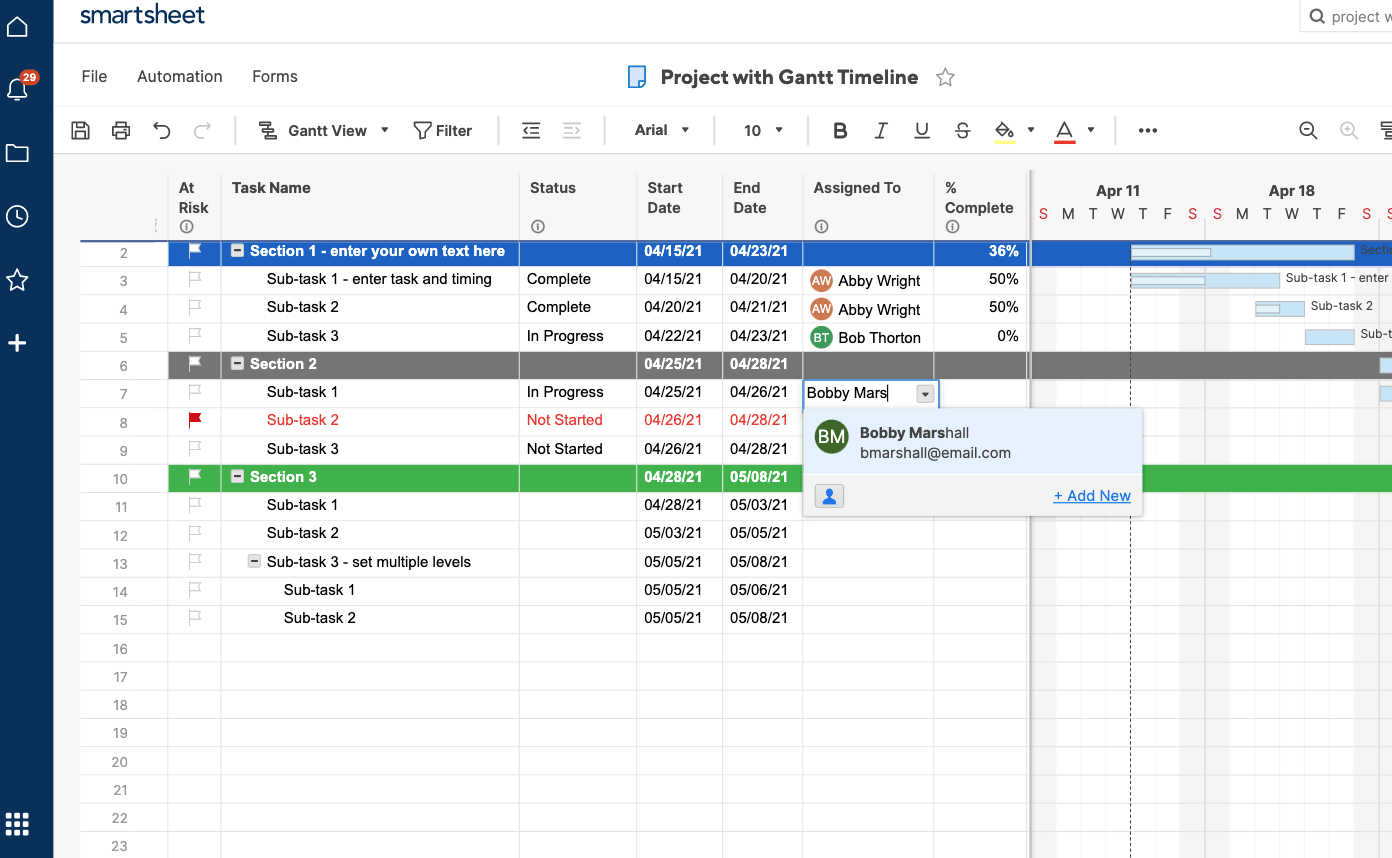
Source: Smartsheet
Knowledge Sharing Keeps Evolving
Sharing is caring, no doubt. Yet, in project management, knowledge as a resource is often ill-distributed. Only a few people in a company commonly know enough to work efficiently, while others repeatedly redo their tasks because of limited knowledge.
Why Is Knowledge Sharing Important?
Knowledge sharing is one of the aspects defining your company culture. Project managers need it because it
- refines teamwork
- improves team communication
- provides data sources
- prevents information silos
How to Start Adopting Knowledge Sharing?
How to share knowledge smartly? Make sure everyone knows stuff related to their specific tasks and improves their skills constantly. Once again, build a strategy to structure and direct knowledge sharing appropriately. Include the following points:
- Ensure your leadership encourages knowledge sharing
- Create collaborative workspaces for different teams
- Establish an accessible knowledge base
What are the best tools for knowledge sharing? Project management software simplifies it with collaboration docs, team spaces, and built-in inboxes. You can share dashboards and files, @mention teammates, and invite them to video meetings.
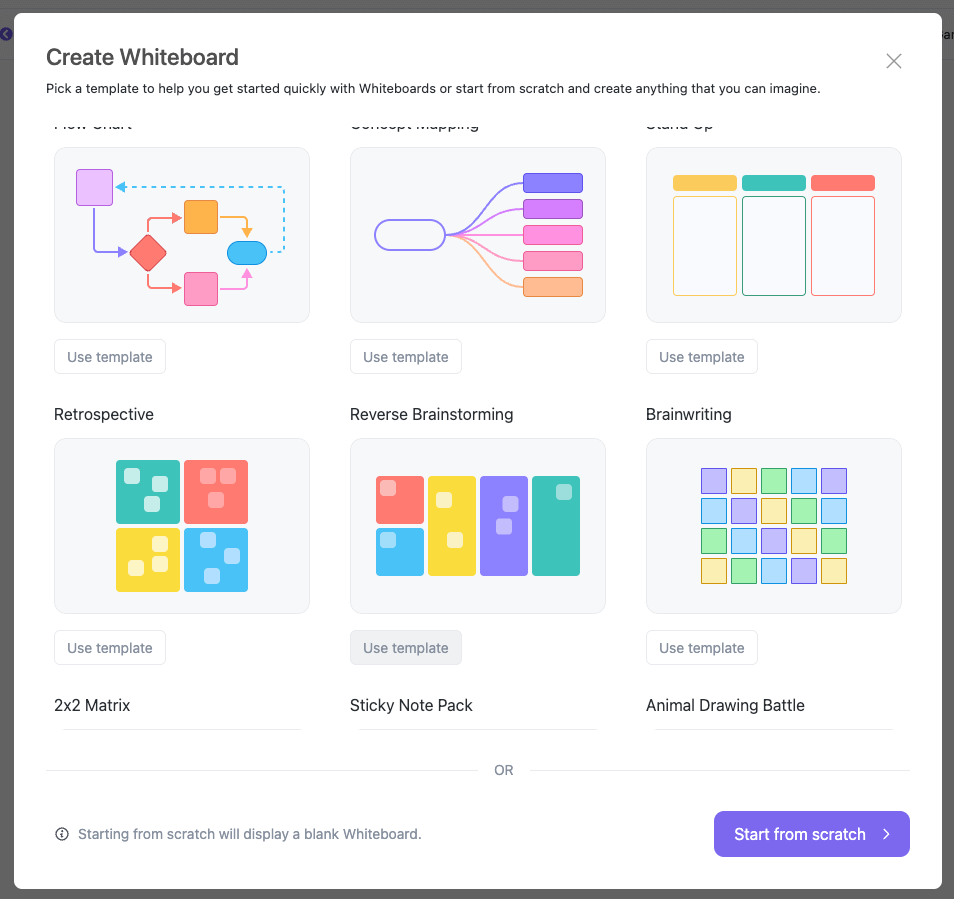
Source: ClickUp
Agile and Hybrid Methods Get More Appreciated
No matter how tightly you stick to your project management methodology, it can fail simply because it doesn't fit your case. That’s why project managers tend to adopt agile and hybrid methods at their companies. They use Scrum sprints to break down work into smaller pieces, while agile iterations improve the final product.
Why Is Hybrid Project Management Important?
You can hardly manage different projects with the same approach, so try to combine the best practices. You can adjust hybrid project management to your cases and elaborate individual ways to handle your projects and teams. As a result, you get a better result more quickly and easily.
How to Start Adopting Hybrid Project Management?
The adoption of the hybrid project management model looks like this:
- analyze your current framework and point out its pros & cons
- study available methods and define the best elements for your company
- use tools to apply those elements
What elements are we talking about? Gantt charts and Kanban boards, dashboards, timers, and bug trackers are common agile project management tools. They pull relevant data and arrange it according to your requirements.
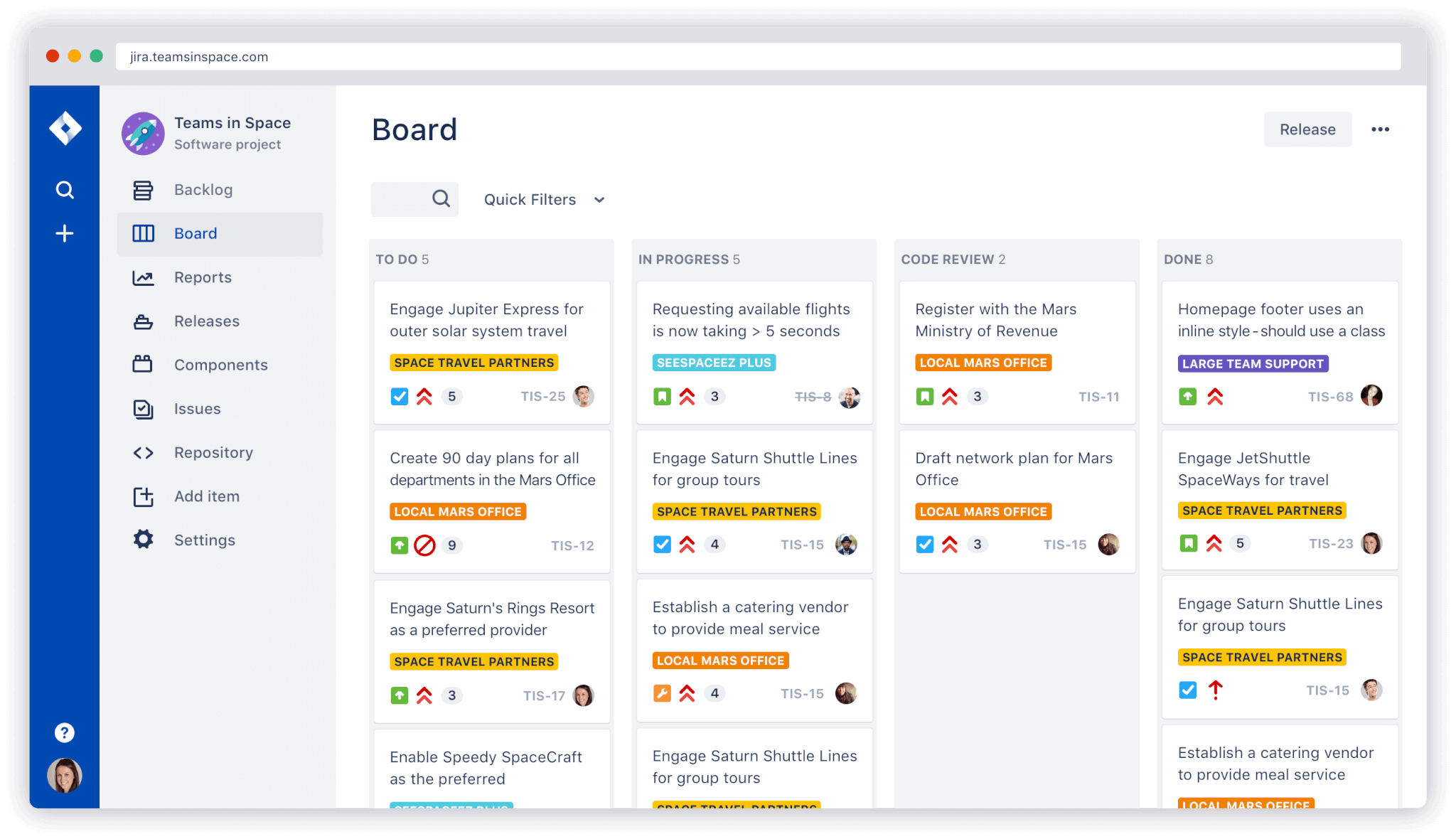
Source: Jira Software
Remote & Hybrid Work Models Are Gonna Stay
According to Microsoft’s Work Trend Index 2021, 66% of employers redesign their offices for hybrid work, while 73% of employees wish they had an option for remote work. Still, many people prefer in-person and lack communication.
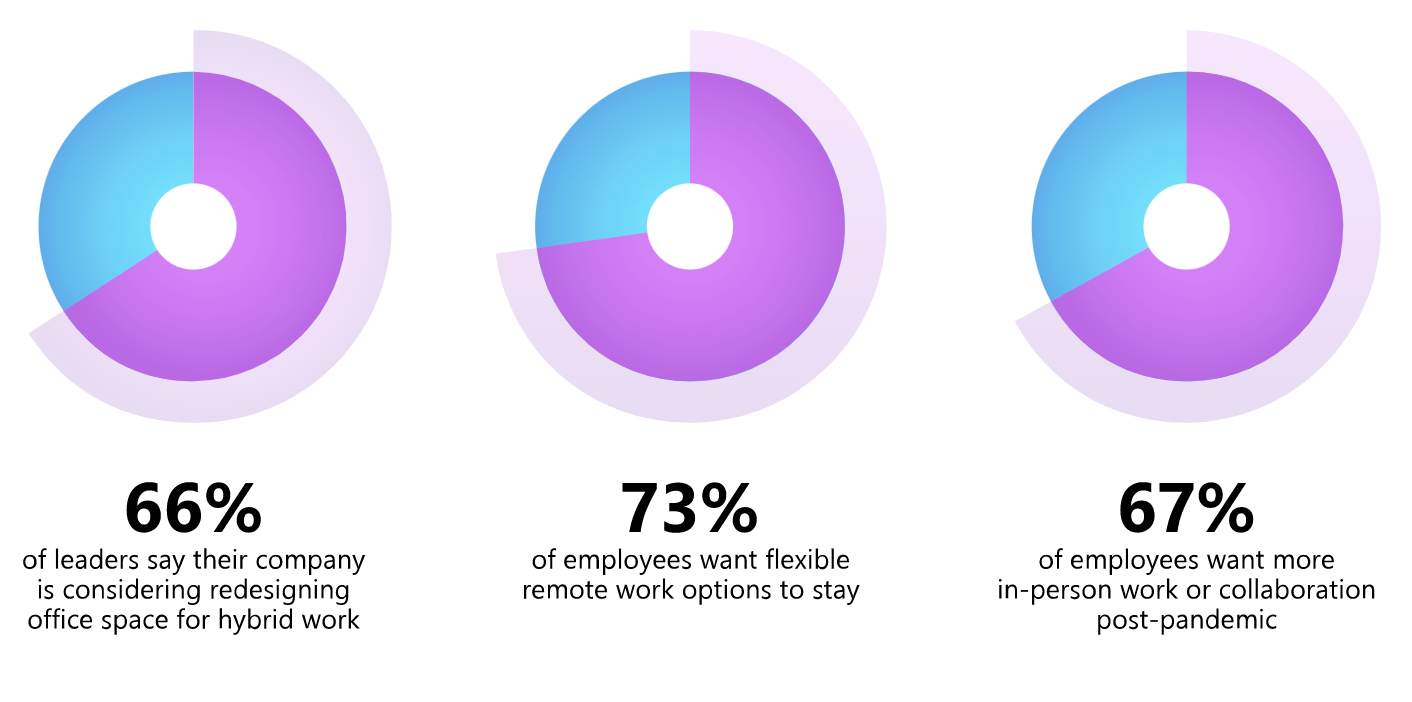
Source: Microsoft
Why Remote & Hybrid Teams Are Important Project Management Trends?
Against the backdrop of recent events, people had enough time to test remote work and decide on it. The tendency is clear, so business leaders need to enable remote work and leave the option of a hybrid work model. What benefits can it bring?
- Flexible work environment
- Improved work-life balance
- More silence and focus
- Better employee retention
How to Start Adopting Remote and Hybrid Work?
Changing a working model is a big move that involves a lot of planning and analysis. The key steps are the following:
- Find out how your teammates feel about shifting to remote work
- Create a plan for yourself and instructions for your team
- Bridge the digital and physical workspaces
Whether you choose the remote or hybrid working model, collaboration software becomes a must. It’s handy and efficient when all tools, teammates, and information are available in one place, isn’t it?

Source: Monday
Change Management Becomes a Must
Progress is the key motto of modern companies. So now a project manager is a strategist, a changemaker who ensures those changes are necessary and adopts them painlessly. Poor change management can cause rough and unpredictable transitions resulting in lost costs and employees.
Why Is Change Management Important?
Successful change implementation provides the company with new perspectives including
- refined business processes
- adopting new technologies
- improved problem prediction
- better customer and employee experience
How to Start Adopting Change Management?
Regardless of how big or small the change is, involve your staff in the implementation plan to keep them tuned and find out their feedback. Real-time dashboards and shared timelines can come in handy here. Also, it’s good to organize a change management team to tackle abrupt issues on the spot.
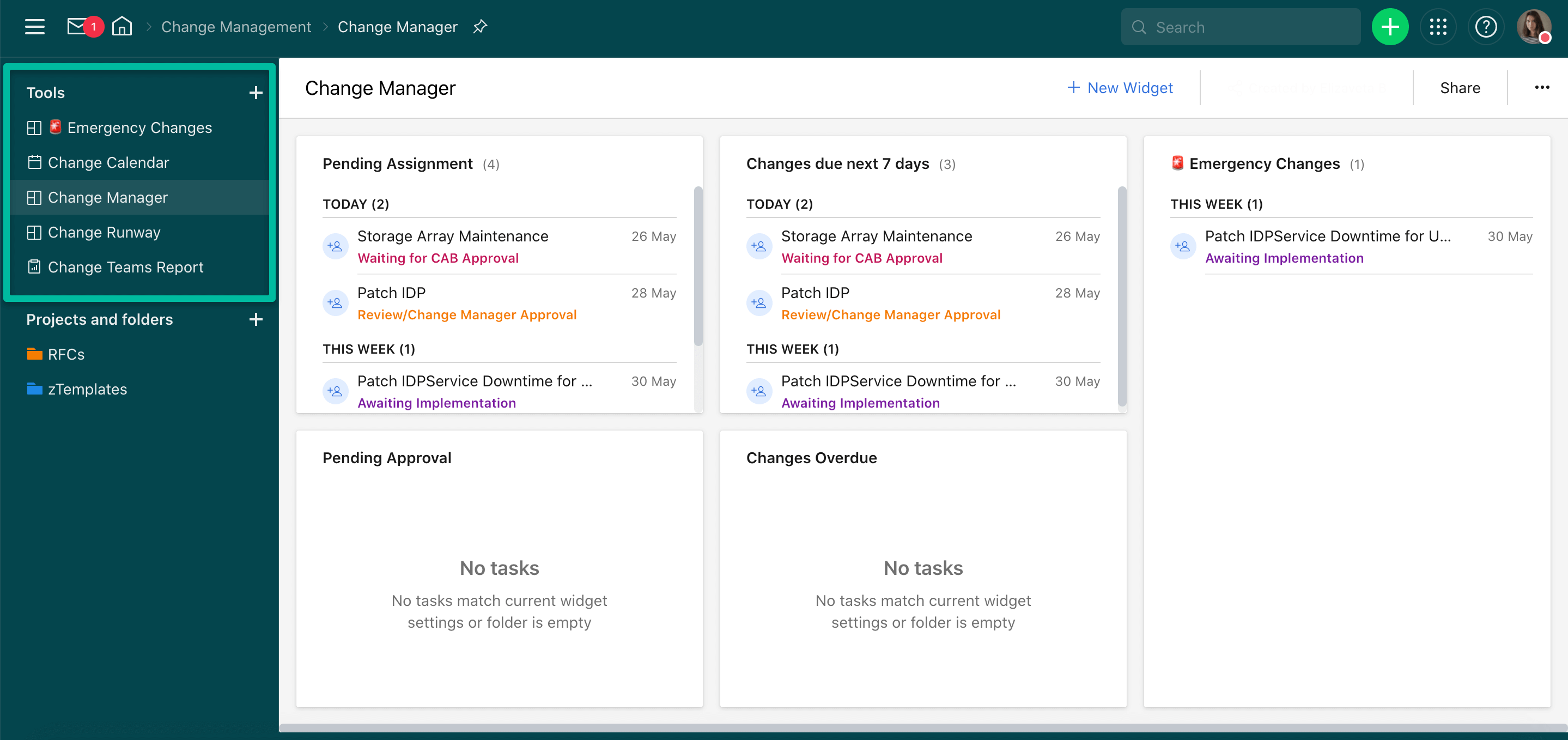
Source: Wrike
Project Management Office Gets More Strategic
Project management office (PMO) becomes an essential part of a company, so say the stats: 89% of businesses have at least one PMO, while 50% have more than one. It often involves a business integrator who takes care of a company as a whole and helps execute the business plan. Additionally, online business managers are hired to track the metrics and manage day-to-day operations.
Why Is PMO Important?
Project management is one of the company’s driving components, so you need a dedicated team to keep things under control. A PMO embodies the company's standards, strategies, and culture and often functions as an executive department. Their responsibilities include:
- Resource management
- Strategic project planning
- Project portfolio management
- Standardization & reporting
How to Start Adopting a PMO?
Once you define your future PMO’s scope and have staff to deploy it, it’s time to get tools to run project management. These include real-time collaboration, reporting & dashboards, budgeting & forecasting, and project portfolio view.
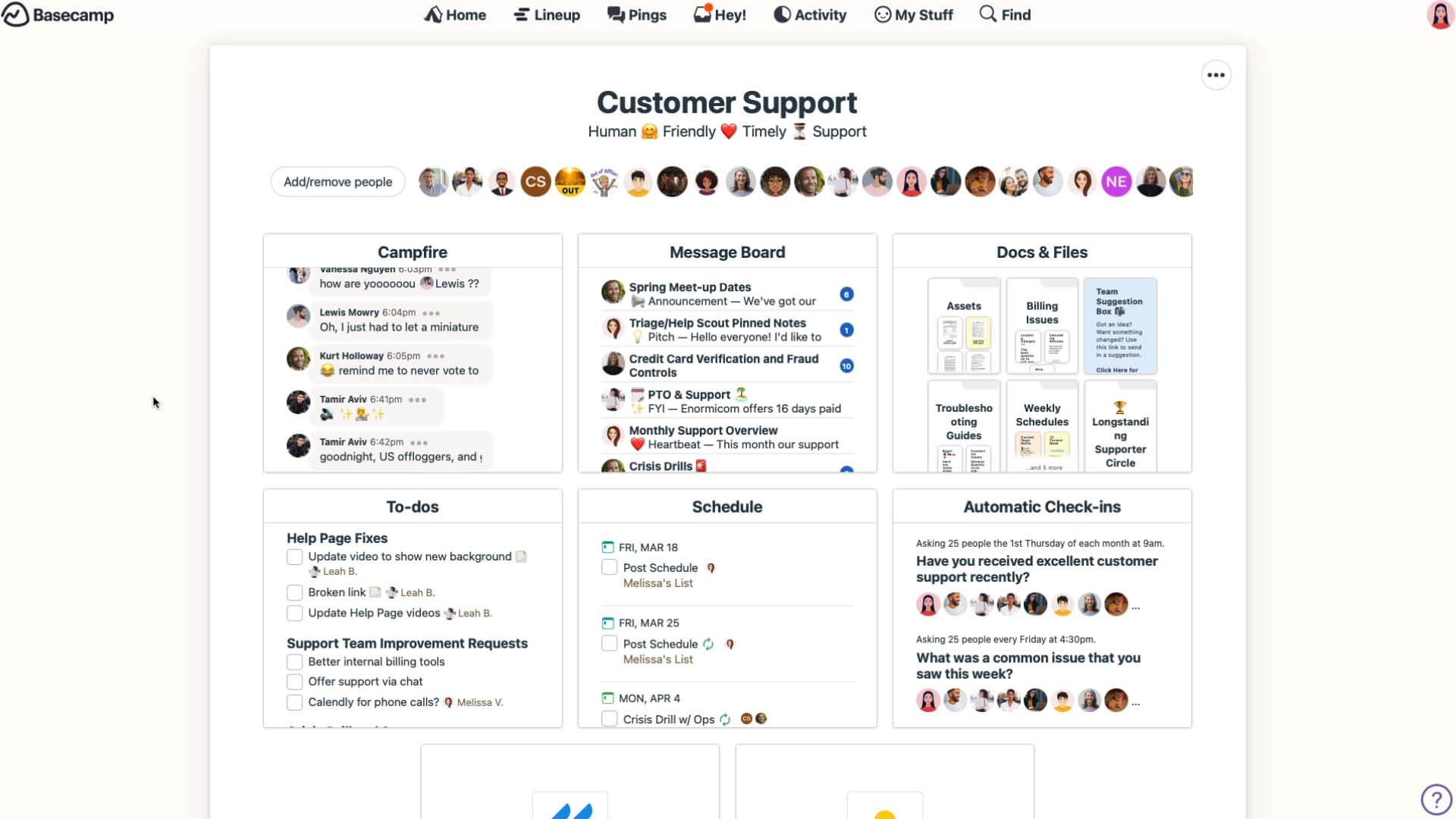
Source: Basecamp
Project Management Software Becomes More Accessible
77% of high-performing companies use project management tools. Why? Modern project management software is simple to use, accessible across a company, and often offers a free pricing plan. You can integrate it with other tools and tailor it to your needs with customizations.
Why Is Project Management Software Important?
Project management tools streamline workflows, reduce repetitive tasks, simplify complex processes, and improve collaboration. You can keep and manage all information in one place and share it with the team seamlessly.
How to Start Adopting Project Management Software?
A rough plan looks like this:
- Analyze your everyday activities and identify the bottlenecks
- Set your requirements and align them with your resources
- Enlist the most suitable project management tools
- Use the free versions and free trials to test the tools and narrow down the list
If you want to adopt software, you can’t skip data import. How to carry this out? You can upload a CSV file with records manually or import the data automatically using a Free Demo Migration.
AI-Based Solutions & RPA Are on the Rise
It’s no surprise that AI has become an everyday element of project management, and as of 2023, 54% of project managers believe AI-powered solutions can save them 5 hours a day. What’s more, AI gets more sophisticated and, at the same time, more accessible in project management software like Asana and Jira Software. What does it include?
- Real-time dashboards & reports
- Task dependencies & scheduling
- Recurring tasks automation
- Workload forecasting & estimation
- Risk management
Why Is AI Important in Project Management?
With AI, you get much work done without lifting a finger. You save time and money and improve your customer and employee experience.
How to Start Adopting AI-Based Solutions?
Check whether your current tools can automate some of your processes, and if not, consider new tools and explore their capabilities.
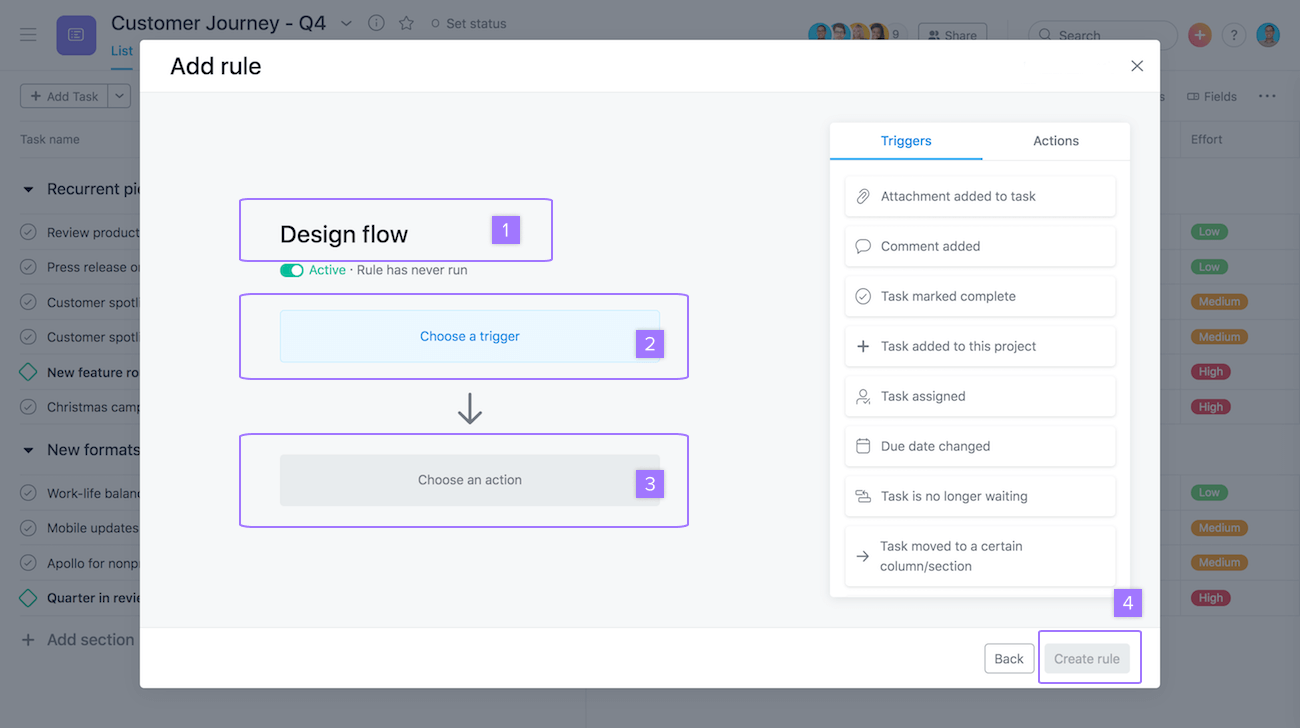
Source Asana
Why Should You Follow Project Management Trends?
The above project management trends are worth considering regardless of the industry you’re working in. Integrating at least some of them, allows you to double your productivity and improve the environment among your teammates and stakeholders.
Have a data migration in mind?
Let's migrate PM data together!



